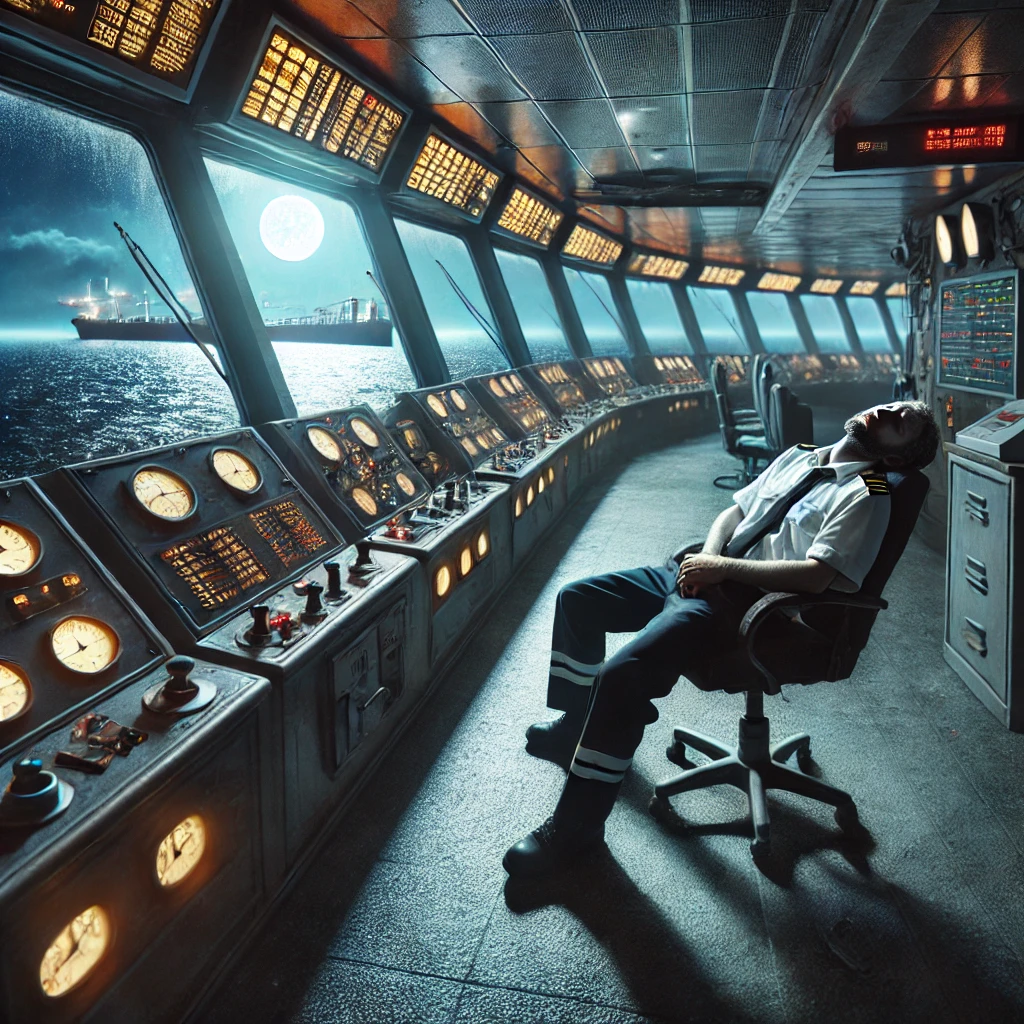Seagulls, according to Andy Stanford-Clark, are smiling. They are a significant obstacle from an image-processing perspective. But they are not a threat at all. In fact, you can completely ignore them.
The chief technology officer for IBM in the United Kingdom and Ireland was exuding panic. It was the afternoon before the morning when IBM”s Mayflower Autonomous Ship was set to begin its journey from Plymouth, England. to Cape Cod, Massachusetts, staffed solely by IBMs A.I. and is owned by a non-profit ocean research company ProMare. It carries a crewless, fully autonomous trimaran for years, alongside a worldwide consortium of other partners.Now, after countless tests and
Seagulls were a false alarm from an image-recognition perspective because they looked like huge wonged obstacles that needed to be avoided at all costs. However, they were also a problem given the Mayflower”s ability to completely ignore against its obstacles-avoiding instincts.
The challenge of sailing a ship autonomously isn”t the same as running an autonomous vehicle. It involves driving down predefined streets, while observing other vehicles, buses, cyclists, and pedestrians at high speed. In the open ocean, lanes are larger, and events occur far more slowly (although turning circles and stopping distance are also significant worse).
There is a big challenge here: The Mayflower Autonomous Ship will be doing its three-week autonomous crossing, which commenced June 15, with zero in the way of human interference. The course is being carried out autonomously. However, any deviation from the ship”s response to weather conditions to avoid water hazards greater than a seagull, according to IBMs A.I. and automation techniques. Any major mechanical failure (all too easy when youre sloshing around in the open ocean) and suddenly one of the world
For people like Stanford-Clark, it”s a source of worry. For curious onlookers, who can tune in to watch every step of the Mayflower Autonomous Ships progress through a livestream dashboard developedby IBM iX the company”s digital agency its just another component of the intrepid adventuring fun.
Alone together
Patrice ONeal once stated that he liked to go alone, but not be lonely. The Mayflower is undertaking its cross-ocean voyage solo, but fans from around the world may watch it. IBM”s MAS400 dashboard gives you the option to get a livestream from the boats onboard cameras. There are six cameras in all, and these are in and out to provide a few of the ships” surroundings.
Livestreaming will not be a big deal in 2021, but it is so commonplace that we will not stop worrying about it. However, livestreaming from the middle of the ocean is quite different from livestreaming from your backyard.
According to Stanford-Clark, people say once you get more than a few miles offshore, there is no cell phone signal. Then all bets are off. From that point on, all solutions are very costly and low bandwidth.
Low bandwidth might be equivalent to a YouTube video that requires a few seconds to load on 360p. However, there is still room for improvement. This feed is then then transcoded in real time with ultralow bit rate encoding techniques to allow it to be transmitted in a bandwidth that, at times, can be as low as 6kbps. That is, in turn, the low bandwidths are due to satellite connectivity, which at best passes at 200kbps and also has to include the telemetry data.
ProMareand IBM and Videosoft, a company that specializes in producing the technology that permits livestreaming in extremely challenging environments with minimal bandwidth. According to Stewart McCone, the CEO of Videosoft, are partnering with Digital Trends.
In cases in which such a high-bandwidth video dropout might be fatal, Videosoft has long developed algorithms and other tools. This includes clients such as the police and the military. The company”s technology is capable of not only stream in low-bandwidth situations, but also to automatically adapt to available bandwidth to encode and transmit it at the highest possible quality.
McCone said he would combine the main challenge of streaming video from the middle of the ocean to using space. It”s a very, very, very similar challenge.
It”s also harder to get a video from a Mars rover in real time due to the distances involved, but the footage is expected to be live with a latency of two weeks at worst, negating the ability to do slow data transfers at a higher quality.
Capturing the public imagination
The Mayflower Autonomous Ship, on the other hand, is IBM”s first bold televised challenge. Its 1997 and the Deep Blue series of chess matches with grandmaster Garry Kasparov captured the public”s imagination more than any other public A.I. demonstration of the last century. This century, the 2011 Jeopardy! showdown between question-answering A.I. Watson and show winners Brad Rutter and Ken Jennings, which has produced the highest audience numbers in over half
Will the ProMares robot ship be a similar triumph of A.I. as both of those previous milestones? Or will it tosputter to a halt somewhere in the middle of the ocean? Whatever happens, thanks to IBM”s dashboard and some very smart compression technology, you”ll be able to tune in to follow along.
Source: https://techmarmot.com/article/23833/the-ibms-a-i-mayflower-ship-is-crossing-the-atlantic-and-you-can-watch-it-live/







